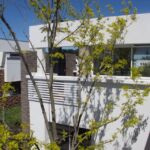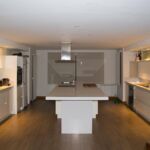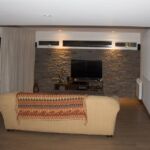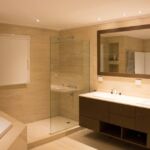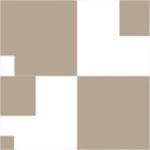Casa DDC - Innovative Architecture in Mar del Plata
Project's Summary
Casa DDC is a remarkable architectural project brought to life by Zaccanti & Monti arquitectos, strategically positioned within the exquisite Barrio Privado Rumenco in Mar del Plata, Argentina. This project harmoniously integrates the natural landscape with innovative design principles, creating a residence that not only serves as a home but also as an experience. Set on an irregularly shaped plot, the design embraces the unique topography, facilitating a longitudinal development that aligns with the street while ensuring a smooth transition into the cul-de-sac.

The design philosophy behind Casa DDC revolves around the seamless interplay between interior and exterior spaces. At the heart of this residence are three carefully designed patios that act as transitions, bridging the gap between the public street and the intimate private interiors. Upon entering the main access point, residents and guests are greeted by a welcoming patio that serves as the threshold to the home. This transition area features a change in scale, moving from the semi-covered exterior to a grander vertical space that emphasizes the character of the entrance, creating a dramatic effect that enhances the experience of arrival.
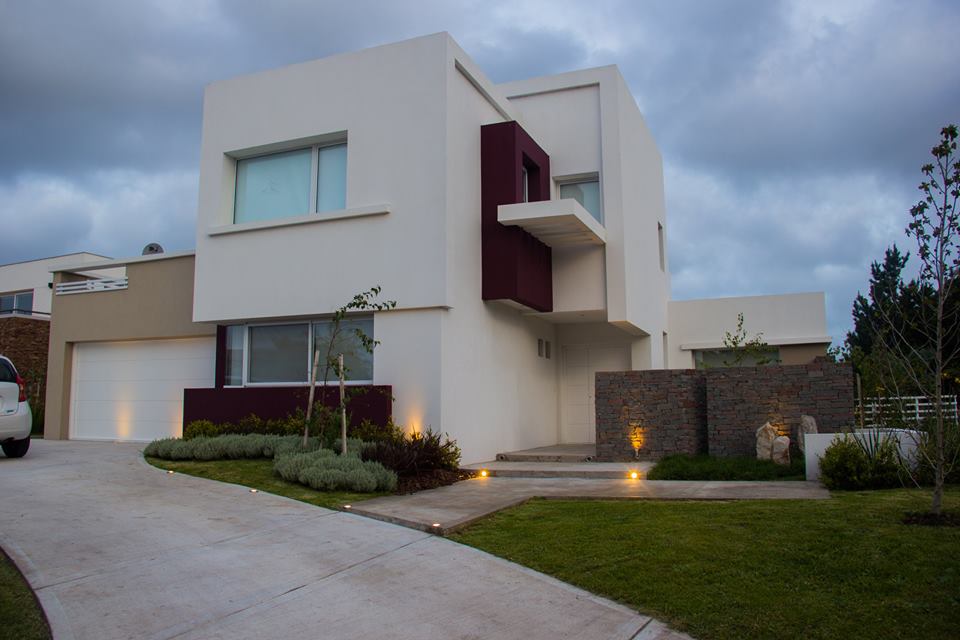
As one moves through the residence, a pivotal connection is established with the pool area, which serves as a central axis of the design. This 'water' element is not merely a decorative feature but a fundamental aspect that influences the flow of spaces. The incorporation of water adds perceptual depth and reflects light onto the surfaces of the home, enhancing the overall ambiance. Complementing this is the 'patio' axis that acts as the nucleus of the dwelling, linking terraces, public areas, and workspaces while maximizing integration with the surrounding nature.

The architectural composition of Casa DDC is characterized by a primary volume that stands parallel to the water axis, delineating the sleeping quarters and auxiliary spaces. This larger structure serves as a framework for the overall volumetric arrangement. Smaller volumes integrate terraces and gardens that cascade from the ground floor to the upper levels, intersecting with the central body of the home. This thoughtful arrangement of filled and empty spaces, along with varied materials and densities, creates a visually striking and harmonious environment.

From a structural standpoint, Casa DDC is crafted using reinforced concrete technology, ensuring durability and stability. The design employs double walls with an air chamber, enhancing insulation and energy efficiency. Aluminum joinery with double-glazing contributes to the home's sustainability by maximizing natural light while minimizing heat loss. On the rooftop, solar panels are integrated to harness renewable energy, complementing the garden terraces and cross-ventilation strategies implemented throughout the residence. Casa DDC stands as a testament to modern architecture, sustainability, and the celebration of nature.
Read also about the Ruins Project in Tavrichesky Garden, St. Petersburg project
